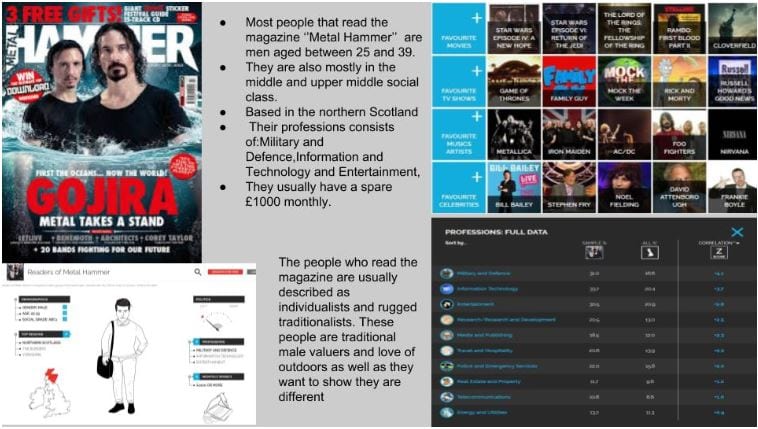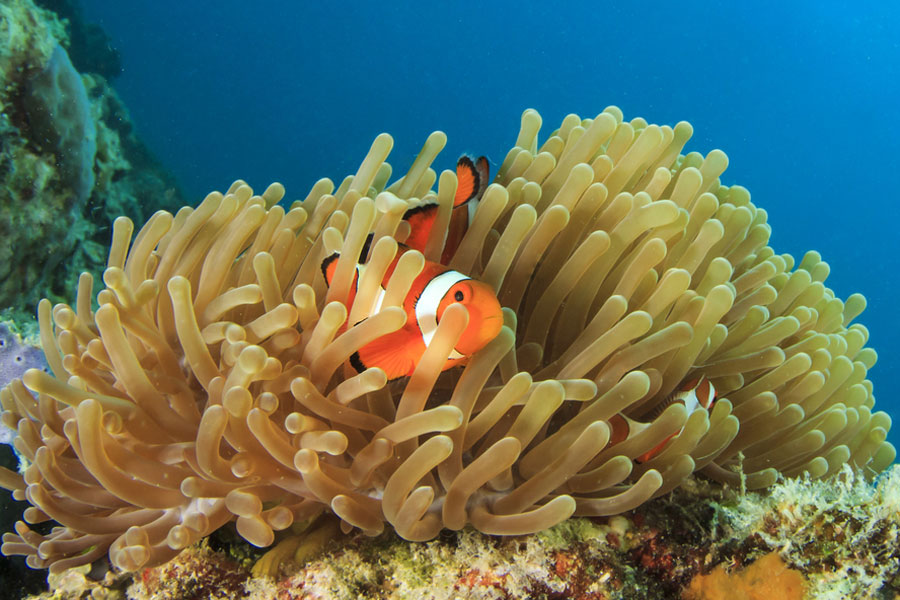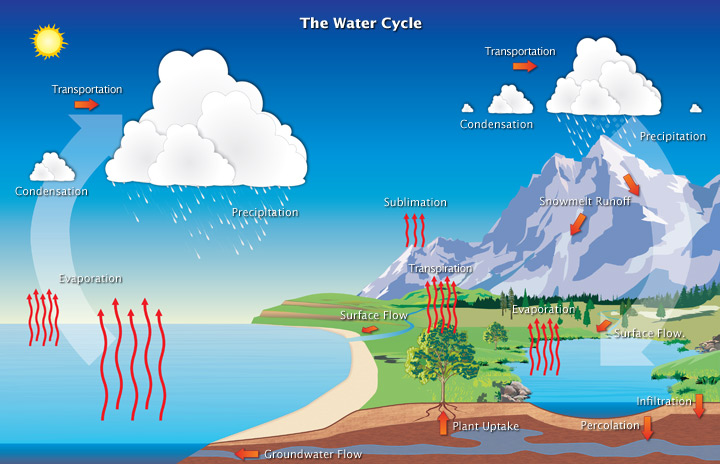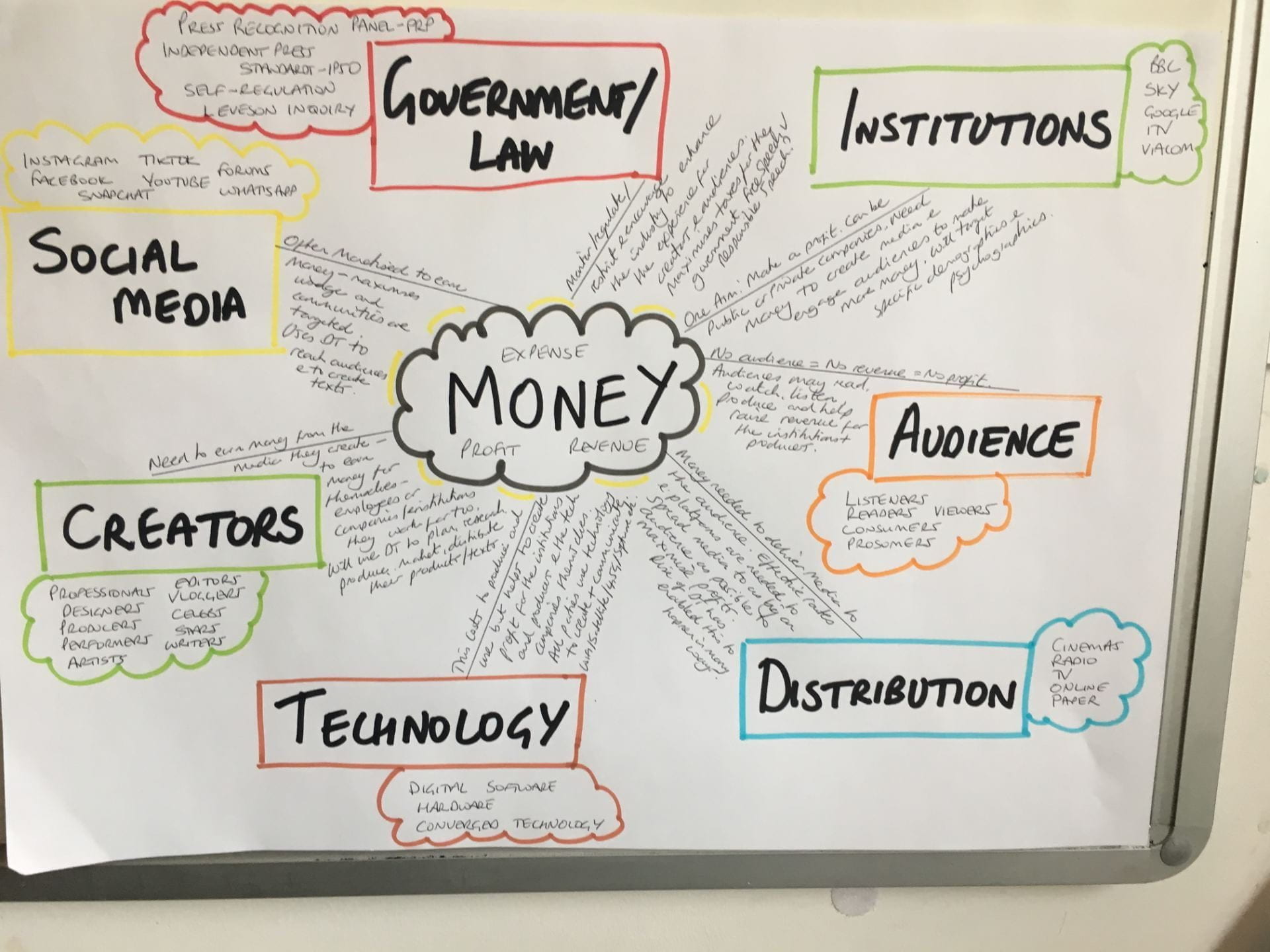News is expensive! and people expect it for free! News broadcasters and papers have, like the music industry before them, lost control of their distribution!
Here is our last case study. Social Media regulation, but in this case there is no regulatory body! Except the social media platforms themselves!
The problem stems from one significant difference between social media and our previous case studies. Social media companies are global organisations. So, whilst it’s relatively easy to regulate adverts and news within the borders of a country, global regulation is highly problematic.
The other essential issue which prevents social media companies from being regulated is, are they a publisher or are they a platform?
Essential watching: A quiz from Mrs Cobb to follow – See Task 10 below:
It is impossible to regulate these American companies who have the protection offered by Section 230 of the American Communications and Decency Act 1996, which states platforms cannot be prosecuted for content posted by their users.
what has been the impact of this? Fake news? Hate speech? Racism? A divided society and weakened democracies?
Here is an opinion piece from Jennifer Cobbe in The Guardian, in which she explains how Facebook and other players in the, “surveillance economy” have challenged the democracy we take for granted. It suggests:
“We need to confront their surveillance business models, their increasingly central position in digital society, and the power they now hold as a result.”
“As a result, some platforms’ algorithms systematically recommend disinformation, conspiracy theories white supremacism, and neo-Nazism.”
“At a minimum, behavioural advertising should be banned; other, less damaging forms of advertising are available. The algorithms platforms use to recommend content should be heavily regulated.”
A counter argument
As with news regulation, this is not a cut and dried argument. After all should we be allowing our governments to decide what ‘Truth’ should be available to us online?
The video below offers a counter argument to those demanding online regulation and quotes 17th century poet John Milton:
“Truth and understand are not such wares as to be monopolized and traded by tickets or statute, better to let truth and falsehood grapple”
He is suggesting we should not muzzle what we believe to be false or fake news, but allow argument and debate to flourish and in that process truth and greater understanding will come out.
Task 9: Watch the 2 videos and make notes – Social Media and Content Regulation/Don’t Regulate Social Media: 1 hr
Task 10: Answer the questions on the Newsnight video ‘So Should the Internet be regulated?’ and submit the answers on the sheet in Classroom – SUBMIT TO CLASSSROOM: 1 hr
Task 11: Internet Regulation – THE GREAT DEBATE. See classroom for instructions – SUBMIT ON CLASSROOM ON CLASS SLIDESHARE: 2hr.








